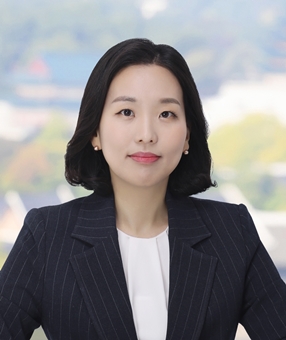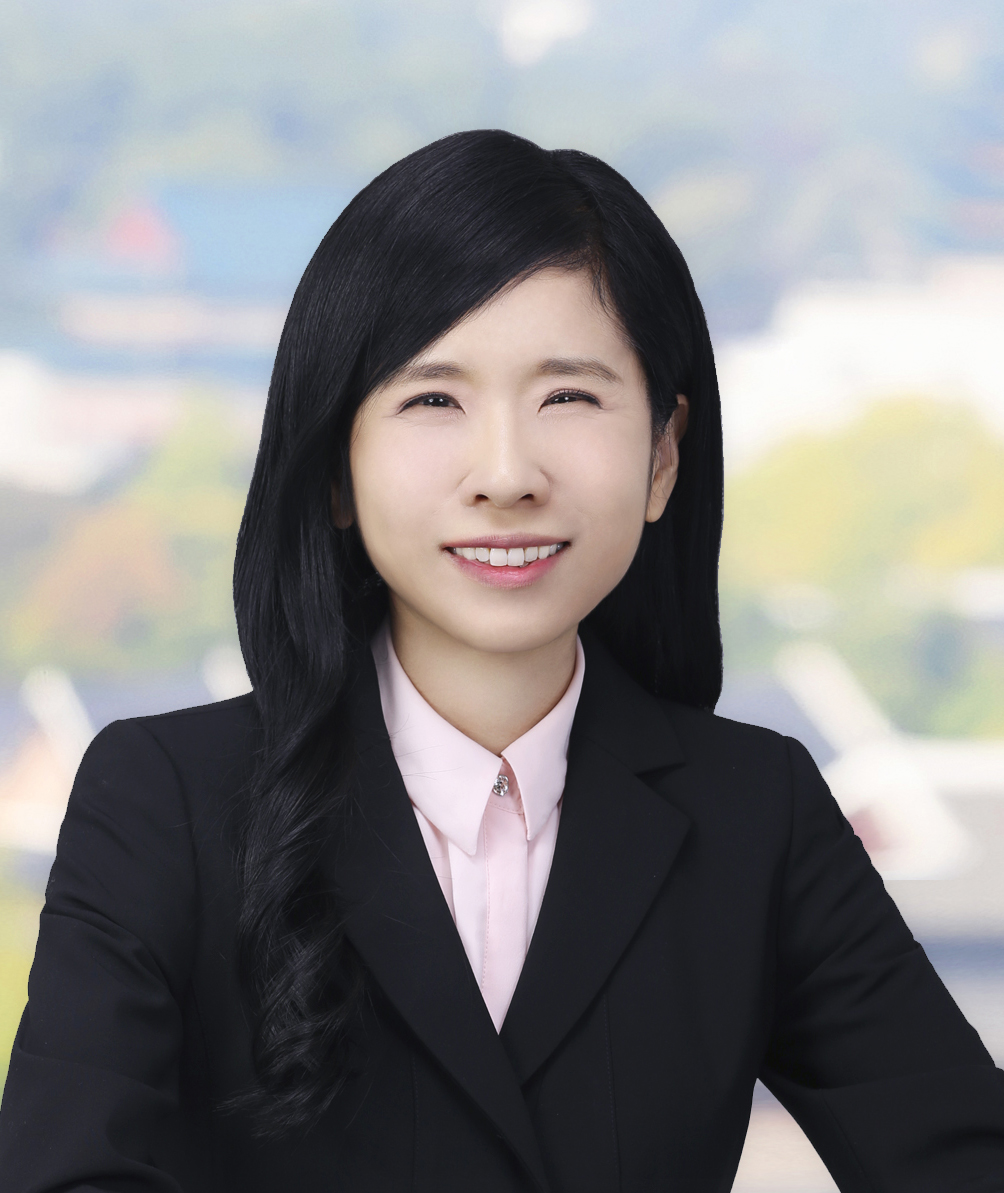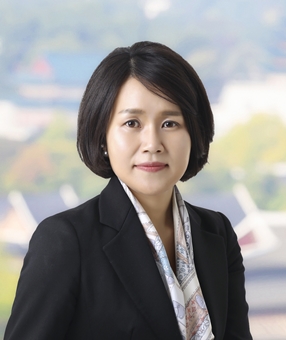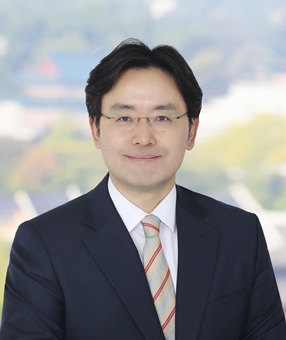Korea's Supreme Court recently held that where a party entitled to a patent right has made multiple disclosures, but asserts the prior disclosure exception solely with respect to the earliest disclosed invention, the effect of the prior disclosure exception extends to subsequent disclosures, provided that such later disclosures are within the same scope as the earliest disclosed invention (Supreme Court Decision No. 2023Hu10712, May 29, 2025).
As a general rule, Korea's Patent Act ("Patent Act" or the "Act") prohibits the granting of patents for inventions that were publicly disclosed prior to the filing date or inventions that would have been obvious to a person of ordinary skill in the relevant technical field based on such prior knowledge. However, a rigid application of the novelty and inventive step requirements has been viewed as imposing undue hardship on inventors inexperienced with the patent system, undermining the Act's objective of promoting industrial progress through the protection of inventions. To address this concern, the Patent Act provides a specific exception: where a party entitled to a patent has disclosed the invention themselves within the twelve months preceding the patent application date, they may invoke the prior disclosure exception, which effectively treats the invention as undisclosed. The applicant must expressly claim the exception during the filing or prosecution of the patent and submit the requisite supporting documentation.
In the decision at issue, the plaintiff held a utility model right for an "in vitro diagnostic specimen filter case" invented for use in the in-vitro diagnostic kits for both humans and animals, including testing kits for COVID-19. The plaintiff invoked the prior disclosure exception with respect to an "in vitro diagnostic specimen filter case" that was disclosed before utility model's filing date. However, the plaintiff did not invoke the exception for identical "in vitro diagnostic specimen filter cases" disclosed in other diagnostic kits. The opposing party argued that, when an inventor makes multiple disclosures but invokes the prior disclosure exception only for the earliest disclosure, the exception should apply exclusively to disclosures that are closely and inseparably connected to that initial disclosure. Therefore, they contended that the exception did not extend to identical "in vitro diagnostic specimen filter cases" disclosed in other diagnostic kits, and therefore, the novelty of plaintiff's utility model should be denied.
The Korean Intellectual Property Trial and Appeal Board (IPTAB) ruled that the utility model lacked novelty and was therefore invalid. However, the Supreme Court and the IP High Court (Court of Appeals) reversed and held that where a person entitled to a patent right has made multiple disclosures but has asserted the disclosure exception only for the earliest disclosed invention, the effect of the exception extends to other inventions, provided those inventions are within the same scope as the earliest disclosed invention.
While the Supreme Court has previously articulated analogous principles under the Design Protection Act (Supreme Court Decision No. 2014Hu1341, January 12, 2017), this case represents the first express application of such reasoning to patents and utility models. Since the enactment of the Patent Act, the scope of exceptions recognized under the prior disclosure exception provision has progressively expanded to include additional grounds, such as inventive step, alongside novelty, and the relevant disclosure period has been extended from six months to one year. These amendments have transformed the provision from a simple safeguard for inventors unfamiliar with patent procedures into a robust mechanism that effectively protects applicants' substantive rights as inventors. The Supreme Court has now acknowledged the scope of the prior disclosure exception in this decision, consistent with the intent of the relevant legal provisions.
This decision allows an inventor who has made multiple prior disclosures of the same invention before filing a patent application to invoke the prior disclosure exception based solely on the earliest disclosure, while nonetheless benefiting from the protective effect of the exception with respect to subsequent disclosures. As such, the criteria for judging the scope of self-disclosure exceptions applicable to patents and utility models has now been made consistent with the purpose of the relevant legal provisions, enabling inventors and creators to assert the prior disclosure exception through more efficient procedures and thereby more effectively safeguard their intellectual property rights.
Related Topics
#Supreme Court case #prior disclosure exception #Patent #2025 Issue 3








